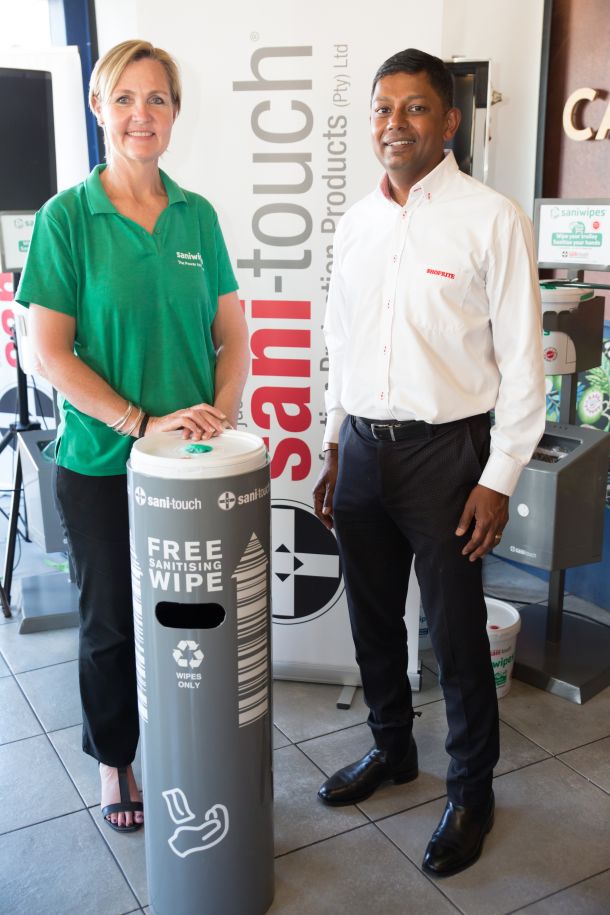Three questions FMCG brands should ask about shoppers
In an ideal world, brand affinity would seamlessly translate into purchases – but this is often not the case. And a common reason is that the target consumer is a different person from the shopper.
A father might be buying Cadbury Cream Eggs for the entire family, one member of a flat may buy Fairy Liquid on behalf of a group of people, and an assistant may buy Subway for the whole office.
When brands face consumers that don’t buy their own products, messaging has to penetrate an extra layer of demographics and attitudes to succeed. This requires a deeper understanding of audiences and adds extra challenges to targeting, but also brings new opportunities.
So what are the questions FMCG marketers have to ask themselves about shoppers?
1. Who is buying the product and through which channel?
First, FMCG brands need to be clear about who their shoppers are. If it’s not the same person as their target consumer, they need a strategy that takes the shopper into account as well as the consumer – specifically looking out for any barriers that may keep the shopper from buying a product.
Communication must be meaningful to both the consumer and shopper – and while brand equity needs to be maintained, messaging also needs to be assessed against shopper values.
Branding around a high street deodorant like Lynx for young men, for instance, must appear edgy and youthful to attract the consumer, but also inoffensive and functional to a mother who might be purchasing it for her son during her weekly shop.
Brands have to analyse who is buying, where they are buying, when and why. This analysis should include the preferred channel, type of outlet and overall shopper mission, and can be used to ensure shoppers are influenced in most efficient way.
2. Are brands considering their consumer opportunity at the same time as their shopper opportunity?
FMCG brands that struggle with sales can either find themselves in a situation where someone doesn’t desire their brand – or in a situation where their brand is desirable, but purchase levels are not reaching targets. The key in such situations is not only to identify if the issue lies in brand equity or purchase conversion, but also whether it lies with consumers or shoppers.
A premium butter brand like Lurpak, for instance, has strong consumer awareness and brand equity – but that does not guarantee that shoppers will regularly buy the product. When in the store, some shoppers might think it's too special, too expensive, or not for everyday use. Here behavioural change is needed to convert brand equity and make the brand a viable everyday purchase.
To succeed, brands need a clear analysis of the “Path to Purchase” and any associated barriers. This will highlight whether the barriers are consumer ones (i.e. awareness and consideration) or shopper ones (i.e. relevance and engagement). Such an analysis will clearly define which main behaviour changes are needed to maximise the opportunity for the brand.
3. Where should consumer and shopper marketing be implemented to create behavioural change?
Once a purchase opportunity has been identified, brands have to make sure they have the in-house processes, tools and templates to consistently convince shoppers to actually buy a product.
Many companies unfortunately operate with separate brand and shopper marketing teams, even though these teams need to work closely together to create behavioural change. Insight teams, for instance, have to share brand intelligence with branding teams, while the sales teams have to share info on shopper behaviour, and finance teams have to share learnings from investment returns. Overall, the time and consideration given to shopper branding and marketing needs to reach the same level as consumer communications.
Having a clearly defined purchase opportunity, stated in terms of both consumer and shopper behaviour changes, will make correct resource allocation possible. Marketing money can then simply be spent where it will most effectively deliver change to realise the opportunity, regardless of who nominally owns it centrally.
Without considering the needs of both consumers and shoppers, FMCG brands could lose out on the opportunity to maximise the conversion of brand affinity into actual purchases. The devil is in the details.
News Category
- International retailers
- On the move
- Awards and achievements
- Legislation
- Wine and liquor
- Africa
- Going green
- Supplier news
- Research tools
- Retailer trading results
- Supply chain
- Innovation and technology
- Economic factors
- Crime and security
- Store Openings
- Marketing and Promotions
- Social Responsibility
- Brand Press Office
Related Articles

Spar reports growth of 3.3% as global retail sa...

Informal Retail in Africa: Could Technology be ...

Consumers need a good reason to shop this Black...

Checkers launches deals onto its Sixty60 home d...


